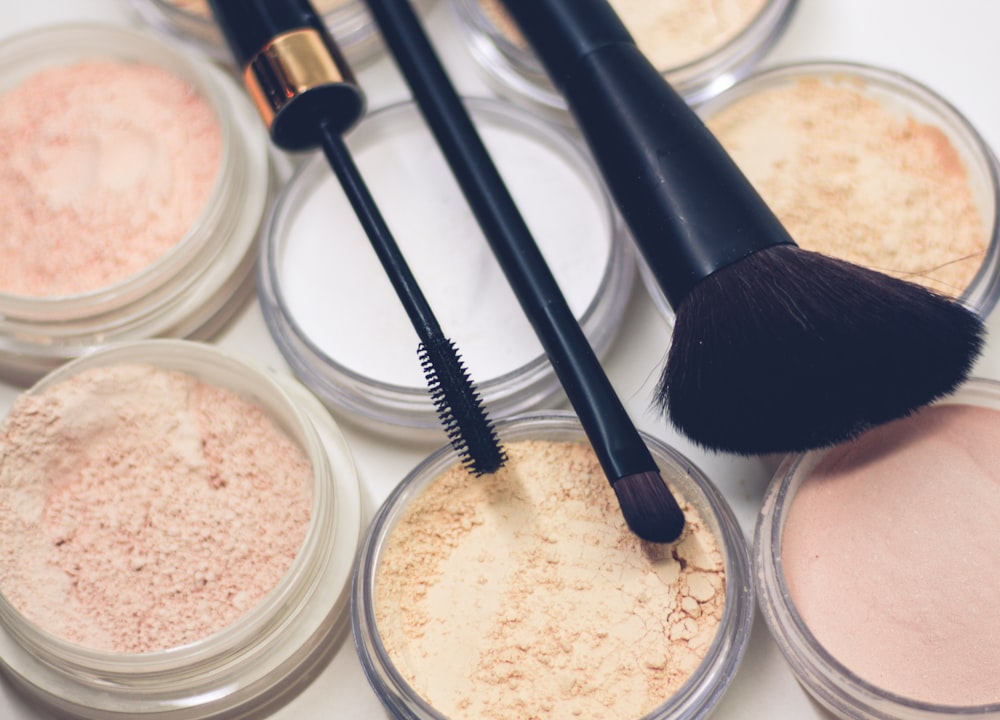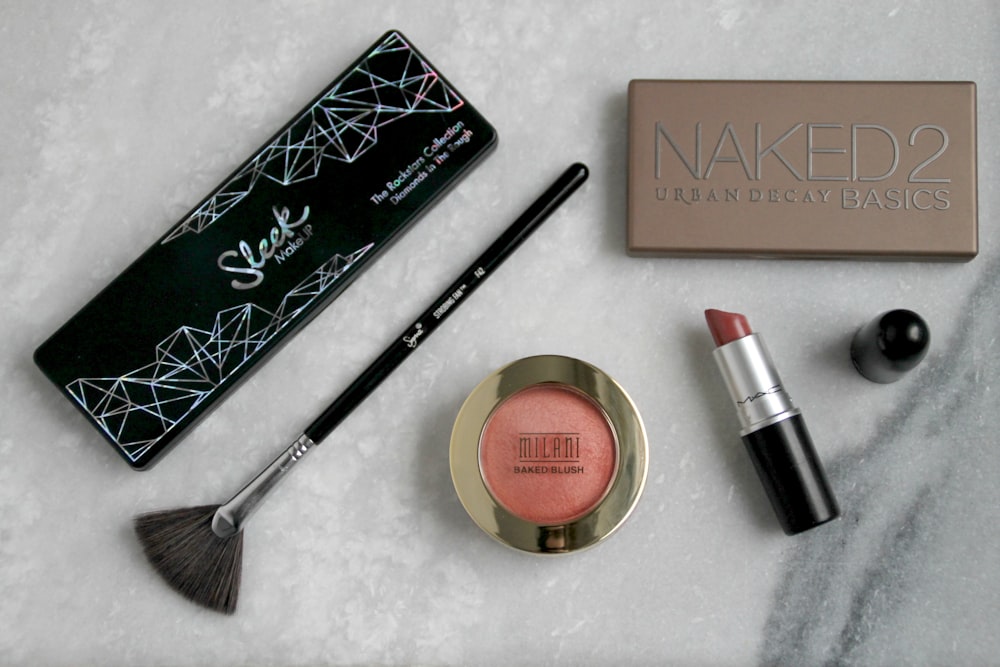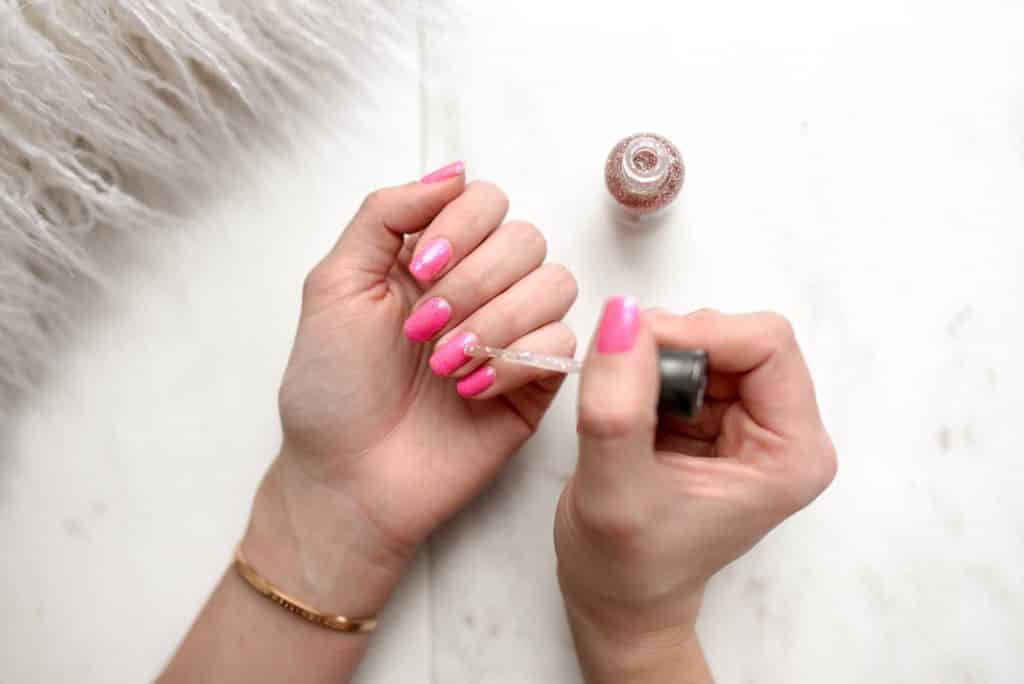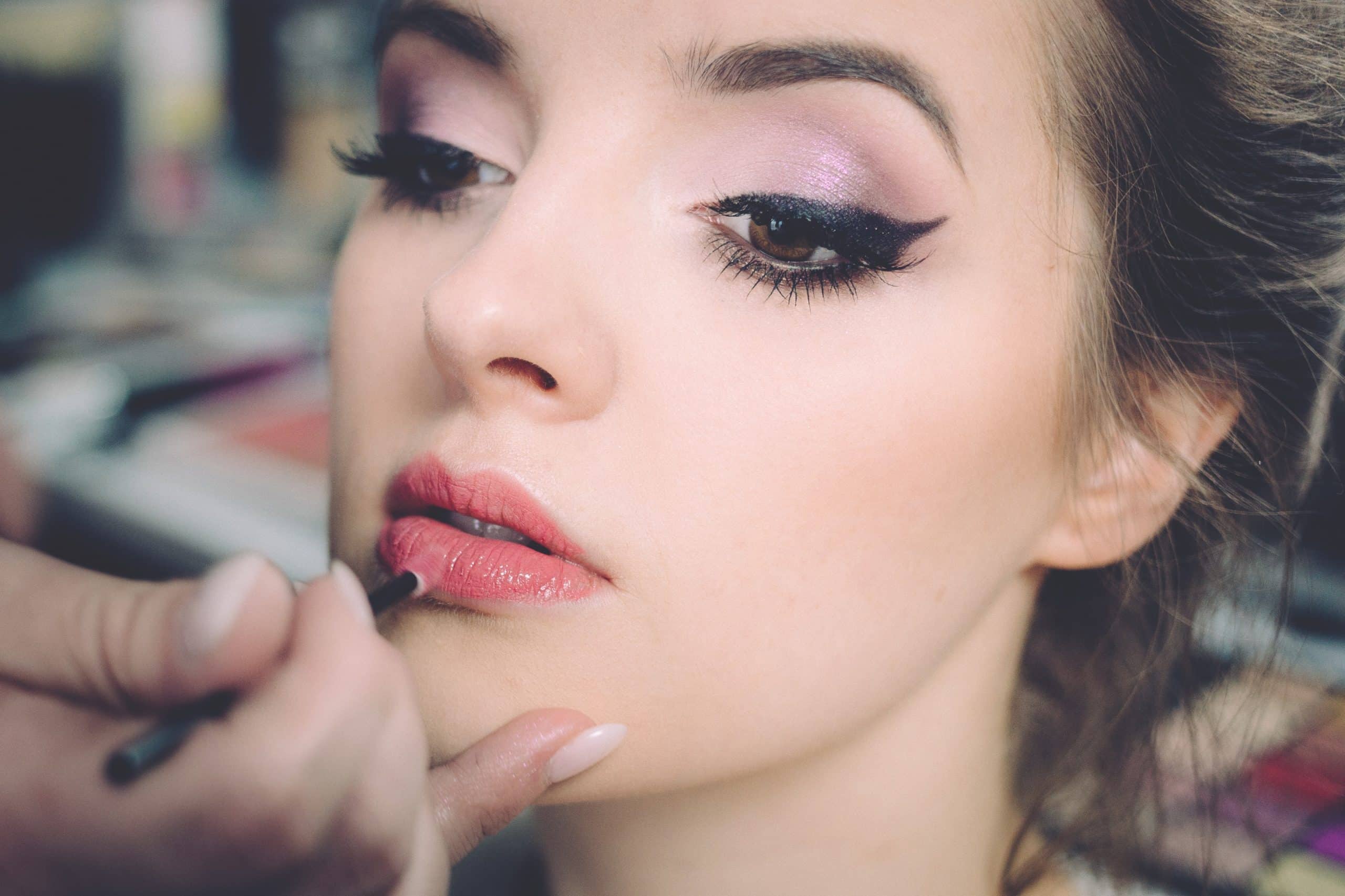
Brief summary of Toxic Beauty
Toxic beauty is a documentary feature film following a class action lawsuit against Johnson & Johnson, a renown household brand. We follow personal stories of whistle blowers, survivors and women in a race against time revealing a series of ugly cover ups in the beauty & cosmetic industry. Besides that, the film weaves in a human experiment conducted by Mymy Nguyen, a Boston University Masters student who measures her chemical body burden when using different cosmetic products.
“The cosmetic industry is destroying women’s cells.”
This powerful statement mentioned by an ex formulator of one of the biggest cosmetic brands hooked me on immediately. I’ve had sensitive skin and eczema when I was a child, and the prolonged periods of itchiness and rash were not fun. Since then, I’ve always been wary of chemicals I apply on my skin, always fearful of a reaction. Even though I outgrew the sensitive skin phase, my sense of wariness about products I apply on my skin never left me. While my peers were playing with make up and slathering themselves in an assortment of cosmetic products, I stuck to the most routine: washing my face with water and applying sunscreen. After the unpleasant realization that I end up consuming the wax like substance, lipstick on my lips, I resulted to eyeliner as the only form of make up I use.

Granted, some of the times, the lack of available scientific information in the present results in health issues in the future and cannot be avoided. However, what shocked me was that renown household companies like Johnsons & Johnsons which specialize in a range of baby products was engaged in a lawsuit that unveiled a series of cover ups that spanned across decades. Bear in mind this isn’t a direct hit on Johnson & Johnson as talc is used rampantly in other products. However, a link between talc and ovarian cancer was discovered all the way in early 1980s by world renowned epidemiologist Dr Daniel Cramer. However, nothing was done. No warning label was placed on talc even after the International Agency for Research on Cancer declared Talc as a possible carcinogen. The cosmetic industry has had little change since 1936, and the way we regulate personal care products need to improve.
I’d like to believe I’m an over cautious person, however, there is overwhelming scientific evidence that point that conglomerates often use harmful chemicals and ingredients in products and sell them to unwitting buyers. Labels such as “fragrance“, “parfum” and “aroma” do not show the ingredients used and can conceal a range of potentially hazardous chemicals. Furthermore, the fact that we live in a world operated by a post- market regulatory system is hazardous as a product goes into the market and a regulatory system kicks in only when there are incidents. The fact that we are slathering ourselves with potentially harmful chemicals every day of our lives doesn’t sit well with me. In 2004, Dr Phillipa Darbre, a scientist from the UK found parabens in breast tissue. In 2018, a study by the National Institute of Health linked breast cancer to the use of personal care products. Furthermore, the use of certain products high in oestrogen were found to link to hormonal disruption in baby boys causing a myriad of side effects such as developmental delays, low sperm count, infertility, cancer, diabetes, obesity and skin disease. The idea that a lot of these “bodily malfunctions” are essentially self induced is worrisome. How do we make informed decisions? How do we know which product is okay to use?

It is scary that our physical and mental health risks can be self induced through using products containing harmful chemicals. The documentary follows Mymy Nguyen who conducts a self experiment to measure chemicals in her body when she doesn’t use any self care products at all, when she uses all of her usual routine, and when she uses natural and clean products. It was shocking that when she used her products she’s been using for years eg shampoos, toothpaste, make up, the parabens and phthalates (toxic chemicals) found in her urine samples were higher than the 95th percentile of Americans. It is close to impossible to not use any personal care products as tasks like washing your hair or brushing your teeth cannot be avoided. She expressed her fear of not being able to have children and like the women we follow in the lawsuit against Johnson & Johnson expressed the guilt that the health risks were almost like it was self induced. I disagree with the statement, as I feel the chemists and R&D part of companies should be more stringent and responsible about the types of ingredients they choose to use. But how do we make sure that the products we use aren’t harmful to us?
Regulatory bodies such as the FDA should aim to be more stringent with regulating cosmetic products instead of buckling under the pressure of conglomerates who promise to self regulate. Furthermore, consumers should take one step further and use ingredient analyzer platforms such as 1Source, EWG, and Incidecoder to make sure that the products they use do not contain harmful ingredients / chemicals. It is really simple to use, especially if your ingredient label is filled with long chemistry names we are unfamiliar with. Simply type the name of the product into the platform. A rating of the products will be shown and toxic ingredients will be flagged. By making smarter purchasing decisions, consumers can support clean businesses and put pressure on other companies to use cleaner ingredients. For starters, here are some toxic ingredients and chemicals to look out for in your personal products.
Different types of harmful chemicals

Endocrine disruptors:
- Mimic hormone activity with links to birth defects, reproductive harm and cancer
- Found in hair, nail, sunscreen and baby products, makeup, lotions, toothpaste, soap, fragrance
Phthalates:
- Endocrine disruptors linked to developmental disorders, reproductive harm & cancer
- Found in fragranced lotions, body wash, hair, skin, baby products, nail polish, perfume, color cosmetics.
- Endocrine disruptors linked to reproductive harm, developmental disorders, cancer
- A preservative found in deodorants, antiperspirants, soaps, hair, shaving, fragranced products.
Toxic ingredients and Chemicals to look out for

- Shampoos containing formaldehyde have a high risk of serving as an endocrine disruptor, and bring about side effects such as allergies, depression, and cancer
- Lipsticks containing lead, coal and tar are found to have an effect on kidney damage, miscarriage, and neurological damage
- Deodorants contain endocrine disruptors such as formaldehyde which causes hormone disruption, reproductive problems, and tumors
- Skin cream containing mercury, coal and tar may serve as endocrine disruptors that causes tremors, insomnia, and/ or cognitive dysfunction
- Nail products often contain toluene, acetone which may cause dermatitis, lung disorders, and miscarriage
- Toothpaste containing triclosan and arsenic may cause abnormal cell growth and reproductive toxicity
- Soap containing coal, tar and 1,4 dioxane may serve as endocrine disruptors that causes allergies, infertility and heart disease
- Fragrance often contain toxic chemicals that are not disclosed and may cause allergies, reproductive disorders, and cancer
- Skin lighteners containing chemicals hydroquinone and mercury may cause skin disease, organ damage or cancer
References:
“Carbon Black, Titanium Dioxide, and Talc – IARC Publications Website.” https://publications.iarc.fr/Book-And-Report-Series/Iarc-Monographs-On-The-Identification-Of-Carcinogenic-Hazards-To-Humans/Carbon-Black-Titanium-Dioxide-And-Talc-2010. Accessed 10 Apr. 2021.
“The Film — TOXIC BEAUTY.” https://www.toxicbeautydoc.com/the-film. Accessed 10 Apr. 2021.
“TOXIC BEAUTY.” https://www.toxicbeautydoc.com/. Accessed 10 Apr. 2021.

